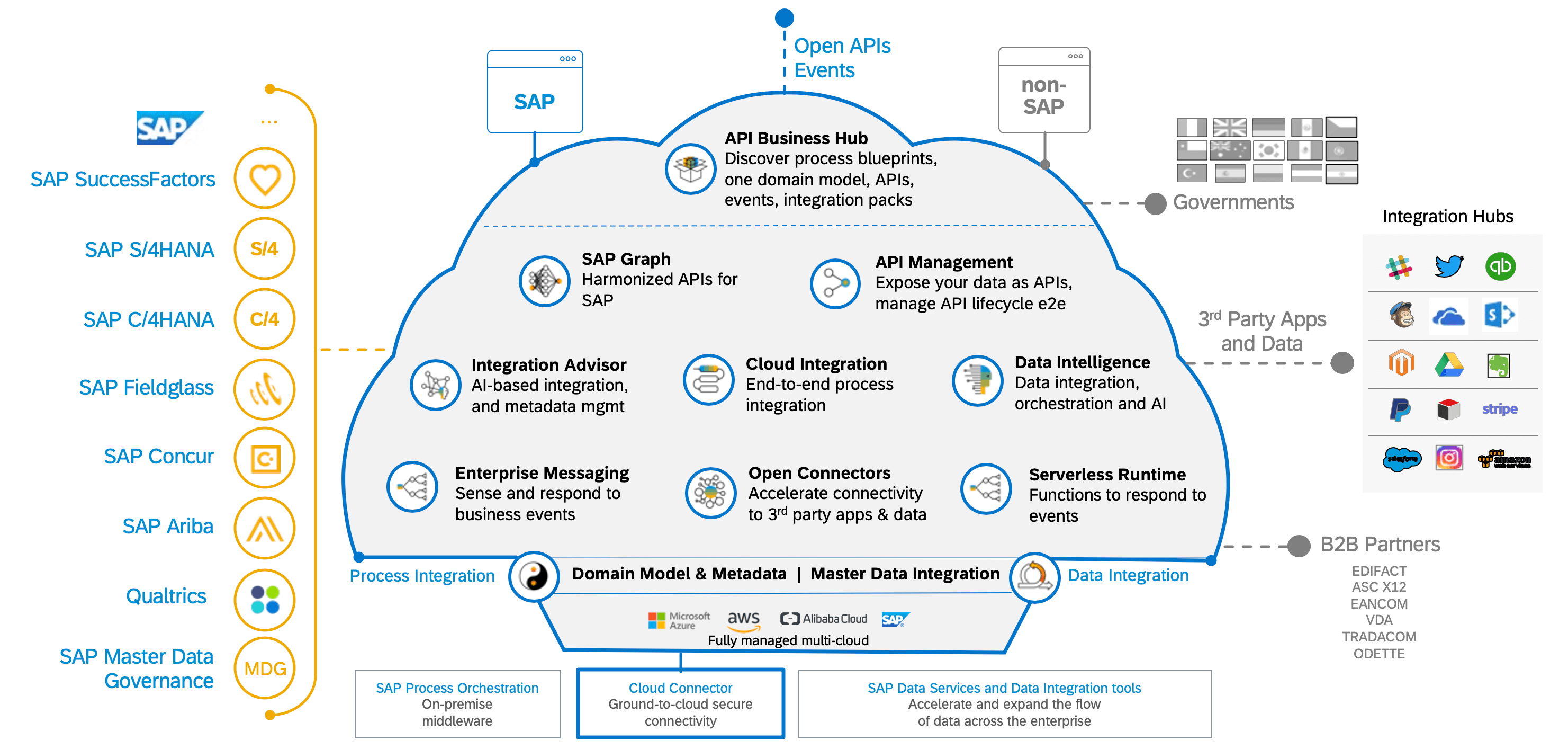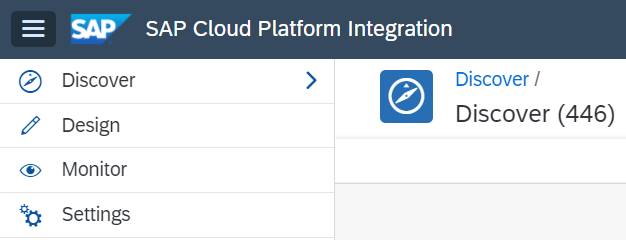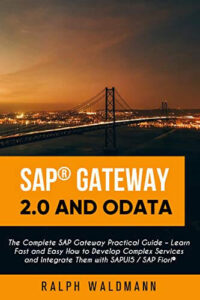
Top 10 reason to learn SAP CPI
“Investing in yourself is the best investment you will ever make. it will not only improve your life, it will improve the lives of all those around you.”
― Robin S. Sharma, The Monk Who Sold His Ferrari
With that thought in mind, learning is the best investment that you can do at any stage of your life. Whether it’s investing in learning a new skill, developing yourself personally or professionally, learning by self from YouTube videos, hiring a coach or joining a professional training. Investing in yourself is an example of self-love.
Upskill and cross skill is another aspect of learning and very important to be competitive in market. If you are not competitive someone will overshadow you very soon and then you would be only looking at their success and cribbing on yourself of not doing it on time.
Enough of motivation !!
With my experience of more than a decade in SAP integration I have seen many release of XI/PI/PO and names of HCI, CPI, SCPI, CPIS. SAP CPI, what I have experienced till date that CPI is here to conquer and rule for longer. Here are the top 10 reasons to learn SAP CPI and you may experience it to believe it yourself.
1. CPI is the Successor of PI/PO
If you are working in PI/PO and looking to upskill yourself. You need to learn SAP CPI for sure as it is the logical successor of PI/PO and it is formally declared by SAP product owners. Check here .
2. PO 7.5 is left alone 🙁
PO 7.5 is the only version that would be supported in mainstream maintenance by SAP to end of 2027. Extended maintenance will be offered until end of 2030. No more new PO version would be released and PO 7.5 would be the long-term stable release till 2027. Check here for details for all PO version.
3. SAP CI (Cloud Integration) is the new name for SAP CPI
SAP CPI i.e. the most common name till date is more powerful and content rich than ever. It leverage tools and pre-packaged content for range SAP Cloud and On-premise integration challenges, including integration flows, connections to third-party solutions, and API management. On the left hand side we have SAP solutions and on the right is third party apps, B2B, governance and the middle cloud is SAP CPIS.

Copyright @SAP – Source – www.Google.com
4. Web browser based Launchpad
SAP CPI is a treat to an eye, especially if you are coming from PI/PO background. User Interfaces has improved drastically since its first release and you can glide smoothly to create an end to end integration in a single tab of the browser. All major browsers are supported. Icing on the cake is no more java cache issues, load time of swing based tool, switching between ESR, ID, SLD and Runtime and no more every SAP PI PO consultant’s lifetime error “Integration Builder: “Unable to launch the application”

5. Simplified than ever
SAP Integration Suite is an integration platform as a service (iPaaS) that allows you to connect applications, processes, and people with speed and ease. SAP has simplified the licensing as well. No more volume based or core based licensing like PI/PO. Just pay for the tenant you subscribe for. Check out more on SAP Pricing.
6. Pre-Packaged Integration Content
Most of SAP cloud and on premise product has rich prepackaged integration content out of the box that enables you get started quickly. These integration packages are created for some of the commonly used integration scenarios. They contain integration flows, value mappings, documentation, and so on. By using this content, you can easily get started with minimal integration developer effort. This is not limited to SAP products only but also extended to third party solutions as well. Using it is very simple
Discover -> Copy to Design -> Configure -> Run
7. Ease of development
It is not just a single window for all but also easy to develop your interfaces. It’s quick and user friendly. Most of things can be done by drag and drop and then you need to set the properties for it. No more readiness check of different components like SAP PI/PO. All you need is a smoke test to check your CPI tenant.
8. Flexible Pipeline
SAP CPI is based on apache camel framework and camel expressions which allows you to create your end to end flow using completely flexible approach. Camel is payload-agnostic, which means you can feed the engine with any data format, and Camel forwards it to the respective receivers depending on the modeled route. You can use processing steps (sender/receiver, conversions, routing, transformation, security) the way you want. In PI/PO we used to follow a fixed pipeline for message processing –
Receiver Identification -> Interface Determination -> Message Split -> Message Mapping -> Technical Routing -Call Adapter
9. Support for PI/PO mate – Migration to SAP CPI
SAP PI/PO is trusted for more than 18 years and has ~12,500+ customers. They need the support to have their business running. Digital transformation and cloud strategy is the way forward therefore it is suggested to move existing PI/PO integrations to SAP CPI. There is an option for the ESR connectivity to import existing mappings and service interfaces. SAP is working hard to make this transition from PI to CPI smooth for the customers and I am sure migration to SAP CPI projects soon would be a reality.
10. Message persistence – Stateful Message Processing
One of the major requirement of any middleware is to persist the message. There were some tedious options in SAP PI/PO using ccBPM, NWBPM, global parameters, message retention and so forth which takes a lot of effort and energy. With SAP CPI it is easy to persist and retrieve data/message in data store with retention period of 90 days. How cool is that !!
How to learn SAP CPI?
If you are reading this and then I think you have made your mind to learn SAP CPI. But, not sure how and where to learn SAP CPI. Simple answers is that here are two options:-
- Self-Learning (Free)
- Attend a professional training (Paid)
Self-Learning is the new normal. We are into an era where content is available in abundance and that confuses us more. A simple search “SAP CPI” on google fetches approx. ~3 Million results. Now you have to choose which topic you want to start and figure out the structured way to learn these. I can suggest a couple of places where you can learn SAP CPI.
If you can learn by watching videos and free stuff then you are already in the game. But as far as my experience goes you need to learn and practice it as well. In a layman language you can’t be an actor just by watching the movie or you can’t be a driver just by taking a test drive. There are number of instructions and rules to be followed for cooking a simple dish. Likewise, For doing a SAP CPI Integration you have to learn it first.
At ASAPCPITraining.com our certified and experienced mentors keep the bar high and will train you the nitty gritty of SAP CPI. We start with very basic and advance with every next session.
Check out our course which is structured as per SAP CPI Certification and we cover all the topics theoretically and practically. More than 70% of our session are scenario based and our mentors will create it live in front of your eyes because we believe in the interactive session methodology. We do provide recordings after every session, which you can reference to do the practice. Register Now for our next available batch. A few more reasons to learn from us and FAQ. Leave us a comment below for any feedback and suggestions.




